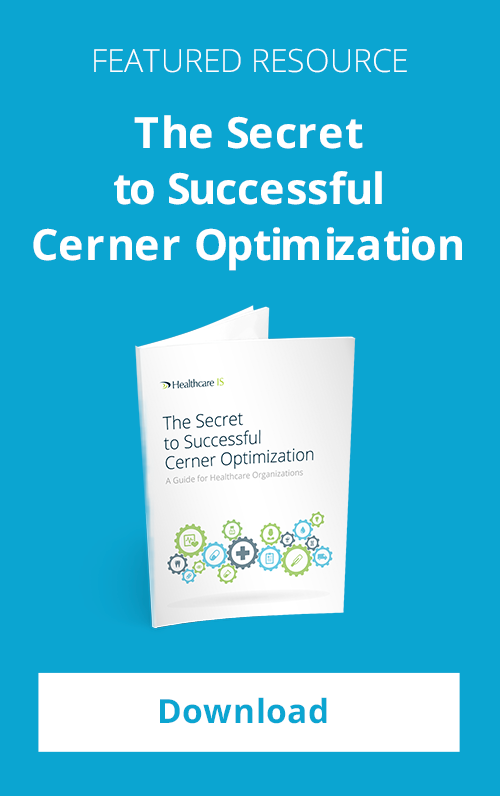From small town practices to large metropolitan area hospitals, one of the most important components healthcare organizations must consider is the system they’ll use for managing revenue cycle. From billing and invoicing to registration and collection, each step of the revenue cycle comes with its own set of challenges and has a unique effect on all other areas of the organization’s business practices.
Numerous healthcare organizations, both large and small, have already made, or are preparing to make the switch to Cerner’s suite of solutions. However, it’s essential to take into account a number of factors before making any kind of major system conversion.
[Guide: Five Things to Know About a Cerner Implementation]
Here are five key factors related to revenue cycle and analytics that should be kept top-of-mind when converting from Siemens to Cerner.
- Clinical Activities
The revenue cycle in Cerner’s Millennium solution is driven by clinical activities. This means that about 90 percent of charges are entered into the system automatically, based on the clinical event. Order a test? The charge will automatically be entered. Physician documentation of the experience and diagnosis will also create charges automatically within the system. Only about 10 percent of charges are entered manually under the Cerner system.
- Patient Accounting
Cerner’s Millennium solution for patient accounting does not have an embedded claim scrubber for outpatient code editor (OCE) changes. This means the business would need to also use a third-party editor to make sure codes and claims are properly entered. This can be a cumbersome process. Cerner’s Soarian Revenue Cycle Management platform, however, provides robust solutions for claim editing. This should be taken into consideration when looking at the various solutions.
- Contract Management
Soarian Financials comes with a contract management tool to help with expected reimbursement calculations. This is helpful, as Cerner is still working through some of the process of getting contract models up, which can help to make these calculations even more accurate.
- Cerner Command Language
One issue that some healthcare businesses will run into with the switch to Cerner is Cerner Command Language (CCL), the programming language used for all Cerner reporting. Some experts point to a steep learning curve with mastering this language. With that in mind, some staff adjustments or training might be helpful in facilitating a smoother conversion.
- Data Visualization
Another possible issue with a conversion to Cerner is that the suite of products lacks an embedded data visualization tool. Experts point out that Cerner recently attempted to partner with Tableau, a company well versed in data visualization and reporting, especially for online industries.
The main reason behind this need for data visualization stems from the fact that the Soarian suite maintains data on two separate databases, one for clinicals and one for financials. The Millennium solution works in one database, but as mentioned earlier, it can trigger issues that bring about a greater need for data visualization.
Making system changes will rarely occur without challenges. Making the move to a Cerner solution requires careful planning, consideration and platform experience. Before undertaking any kind of conversion, it’s essential to have the right team in place to ensure proper implementation.
In the process of converting to Cerner? Download our guide that details the 5 things you need to know as you move through the process.



Comments